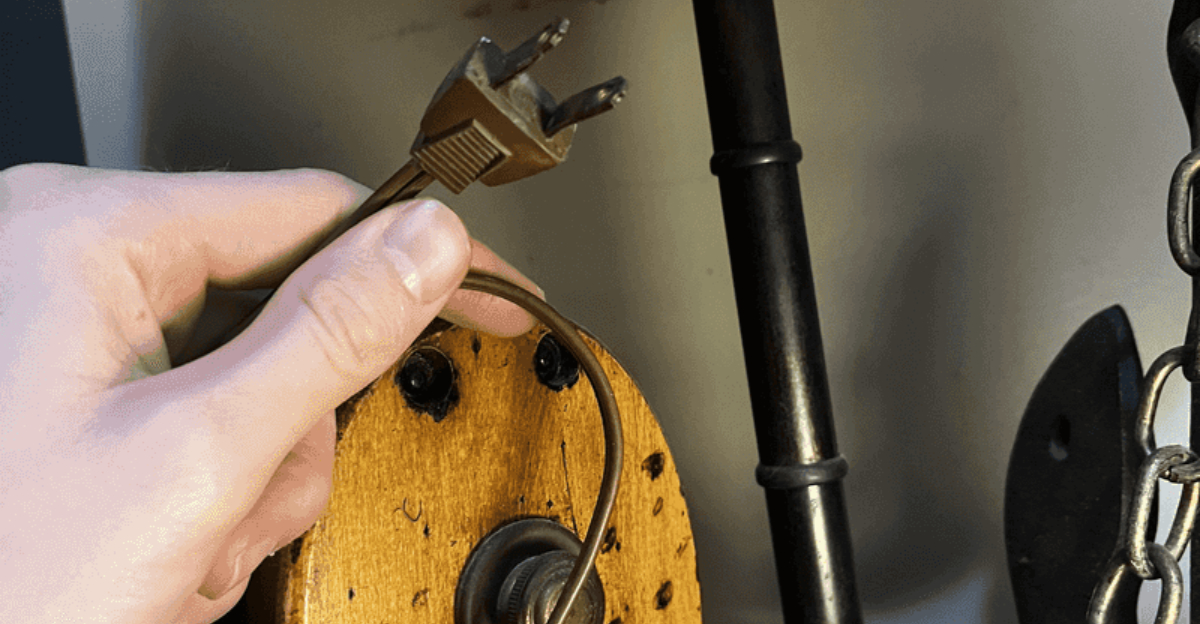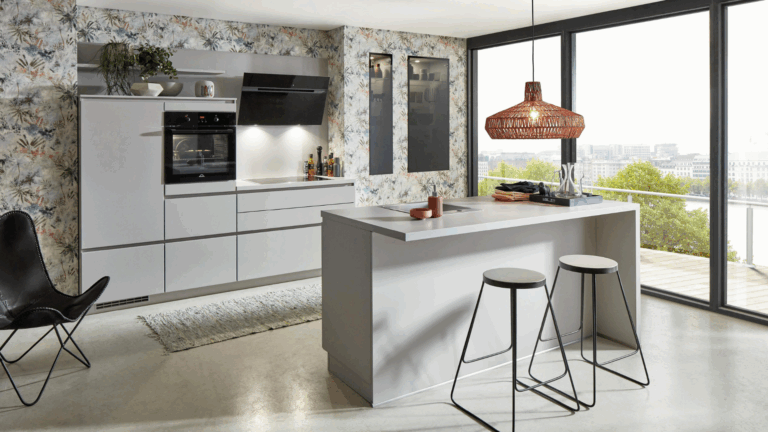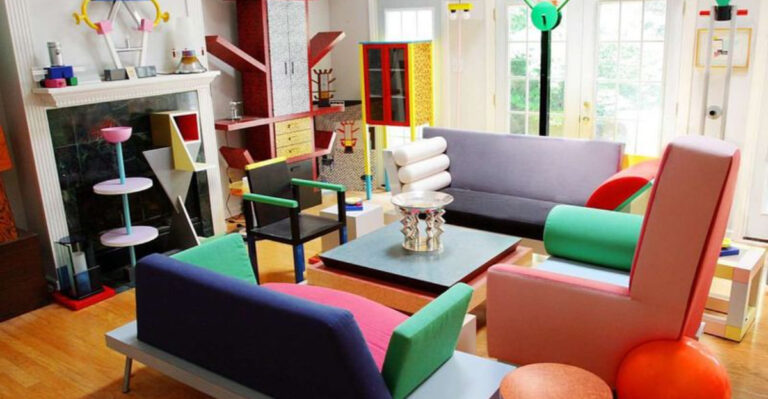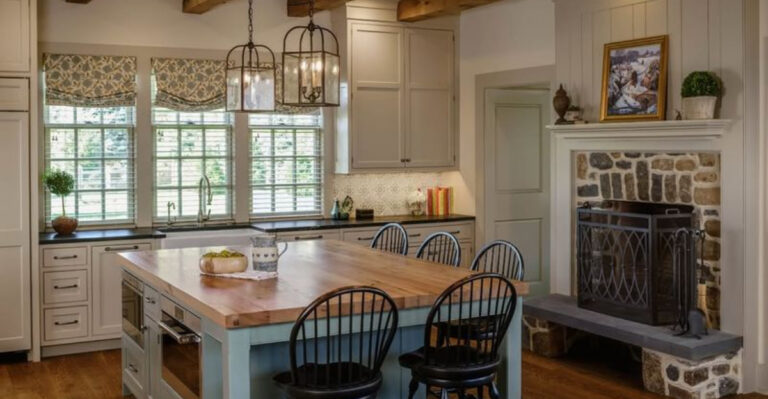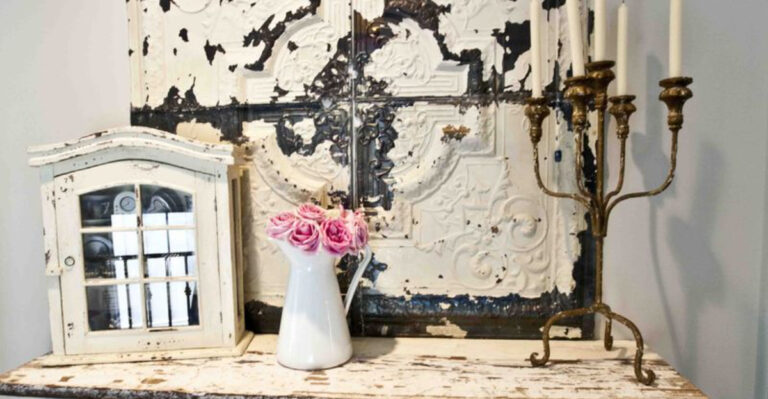18 Thrift Store Finds Interior Designers Always Avoid (And You Should Too)
I’ve found some of my favorite home pieces while thrifting, but not every secondhand gem is worth the risk. Some items might seem like steals, but they’re actually style disasters, or worse, health hazards, in disguise.
As much as I love a good bargain, I’ve learned the hard way that certain things should always stay on the shelf. If you’ve ever left a thrift store wondering whether you made the right call, you’re not alone.
Here’s a list of items designers say you should never bring home so you can thrift smarter and avoid regrets later.
1. Mattresses and Box Springs
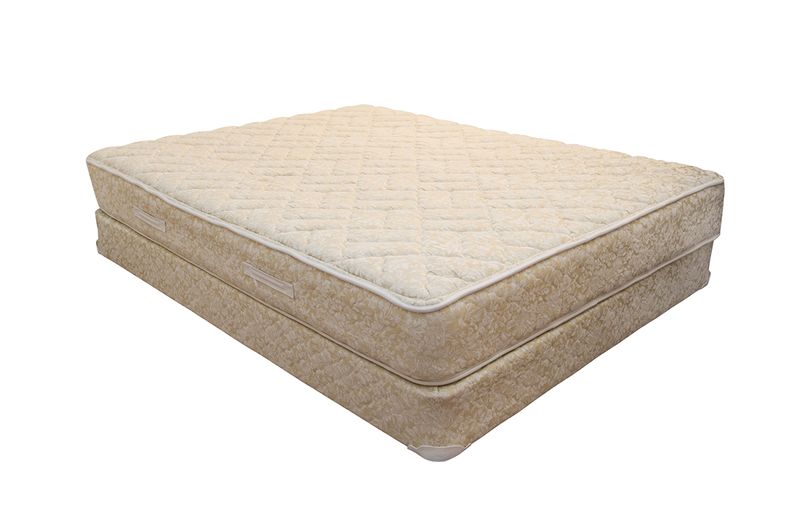
Would you sleep on a stranger’s old bed? Mattresses harbor all sorts of uninvited guests—from bed bugs to dust mites and even bodily fluids that have seeped deep into the materials.
The history of a used mattress remains a mystery, and proper sanitization is nearly impossible. Even if it looks clean, hidden allergens and pests could be lurking within those springs and foam.
Your sleep quality and health aren’t worth the savings, especially when budget-friendly new options exist with warranties and return policies.
2. Upholstered Furniture
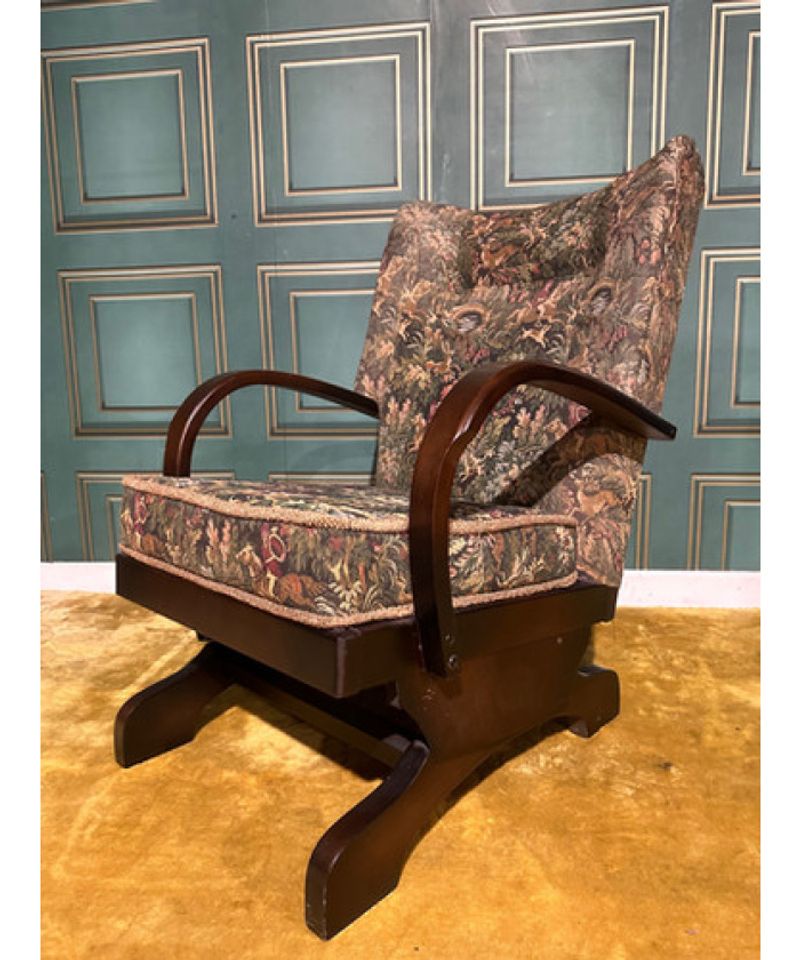
Fabric-covered couches and chairs might seem like bargains, but they’re notorious for harboring unwelcome hitchhikers. Like secret diaries of previous owners, these pieces absorb years of spills, pet accidents, and body oils that no amount of Febreze can truly eliminate.
Stubborn odors embed themselves deep within cushions, while fabric fibers trap allergens that can trigger respiratory issues. Reupholstering often costs more than buying new furniture.
3. Cribs and Baby Furniture

Baby items from yesteryear might charm with vintage appeal, but they’re actually ticking safety hazards. Safety standards for cribs and children’s furniture change regularly for good reason—what was considered safe even ten years ago might be dangerous by today’s guidelines.
When it comes to your little one’s safety, this is one area where cutting costs could lead to heartbreaking consequences.
4. Cookware with Damaged Non-stick Coatings
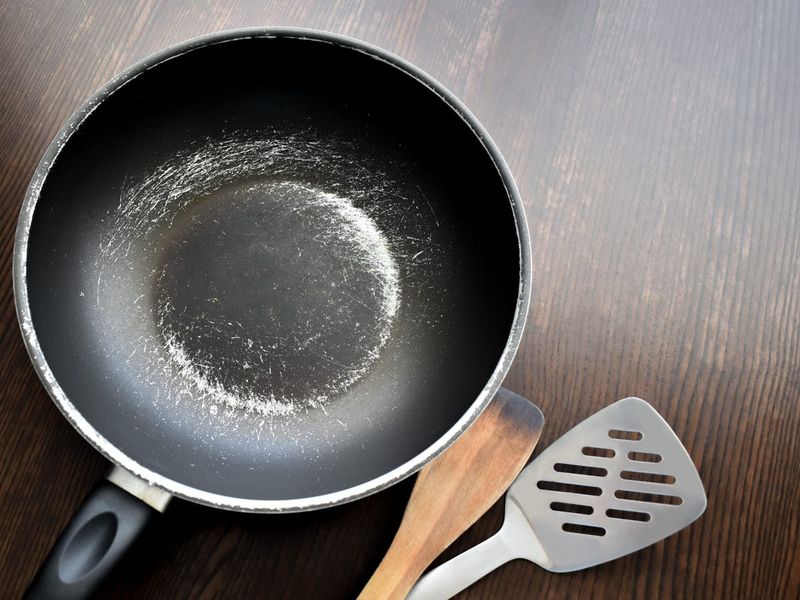
Scratched and peeling non-stick pans aren’t just eyesores – they’re potential health concerns! When Teflon and other non-stick coatings deteriorate, they can release toxic compounds into your food during cooking.
Those bargain-priced pans with visible scratches have already lost their main functionality. The flaking particles might end up in your meals, while the exposed metal underneath creates uneven cooking surfaces.
Your family’s health shouldn’t be compromised by saving a few dollars on cookware that’s well past its prime and potentially leaching chemicals into your food.
5. Halogen Lamps
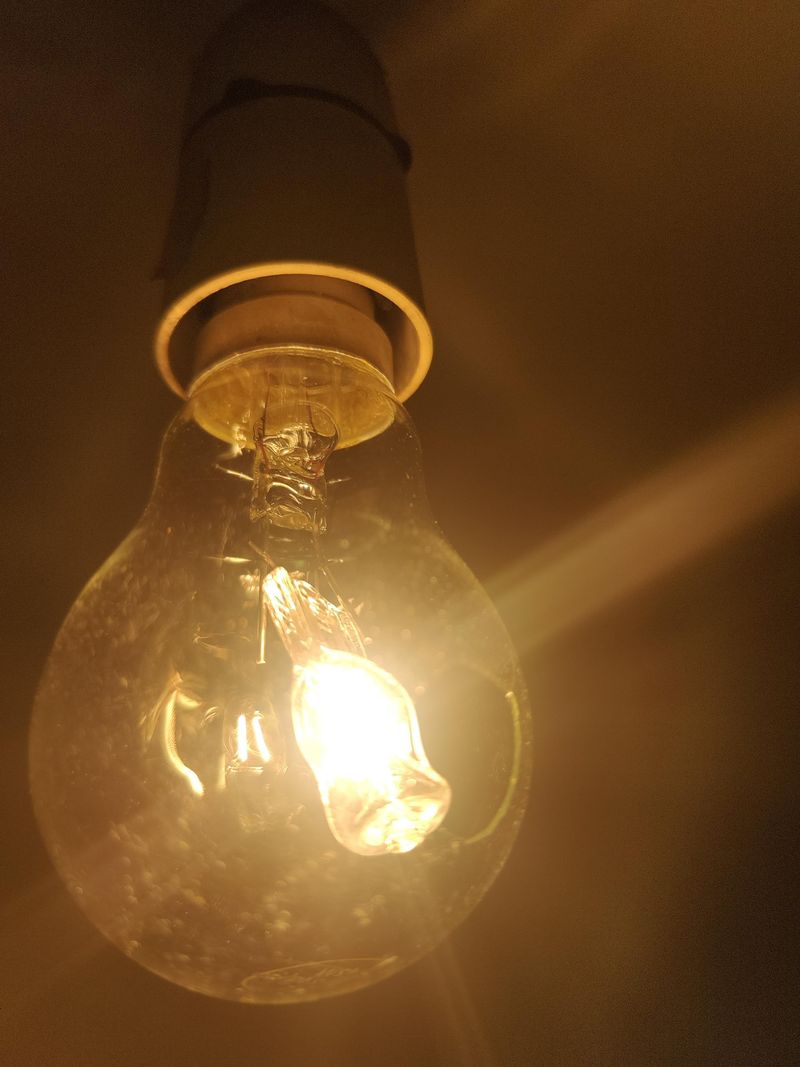
Hot enough to cook an egg—or start a fire! These energy-guzzling relics from the 1990s generate extreme heat that makes them notorious fire hazards in modern homes.
The bulbs reach temperatures exceeding 1,000 degrees Fahrenheit, easily igniting nearby curtains or papers. Many older models lack the safety features required by current regulations, making them particularly dangerous around children and pets.
6. Vintage Painted Items

Charming antique treasures might be hiding a toxic secret! Items manufactured before 1978 frequently contain lead paint, which poses serious health risks, especially to children and pregnant women.
That quaint painted dresser or vintage toy could be releasing harmful dust every time it’s moved or the paint chips. Testing for lead requires professional equipment not available during casual thrift shopping.
No matter how beautifully distressed that old window frame or children’s furniture appears, the potential lead exposure simply isn’t worth the aesthetic appeal.
7. Pillows and Bedding
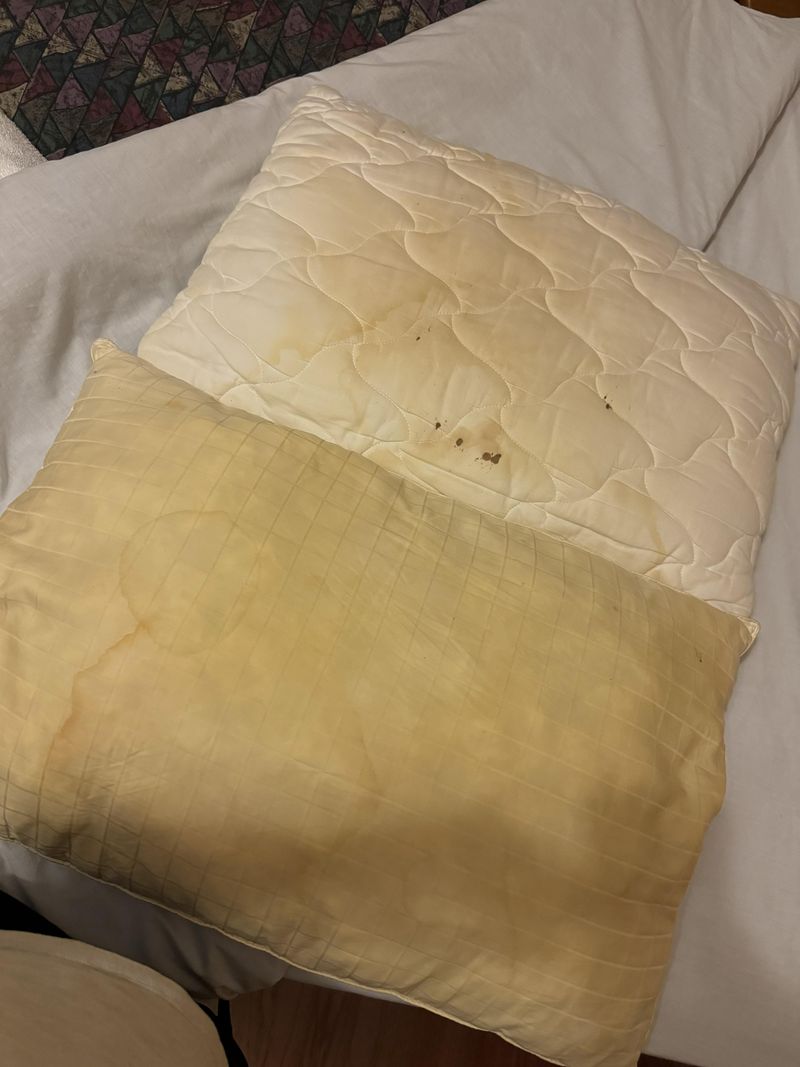
Yikes! Even with washing, used pillows and bedding carry traces of their previous owners’ sleeping habits. Over time, these items become repositories for skin cells, hair, drool, and bodily fluids that penetrate beyond surface cleaning.
Dust mites thrive in these environments, with the average used pillow containing millions of these microscopic allergen-producing creatures. The structural integrity of pillows deteriorates with use, leaving you with lumpy, unsupportive sleep surfaces.
8. Rugs Without Proper Cleaning
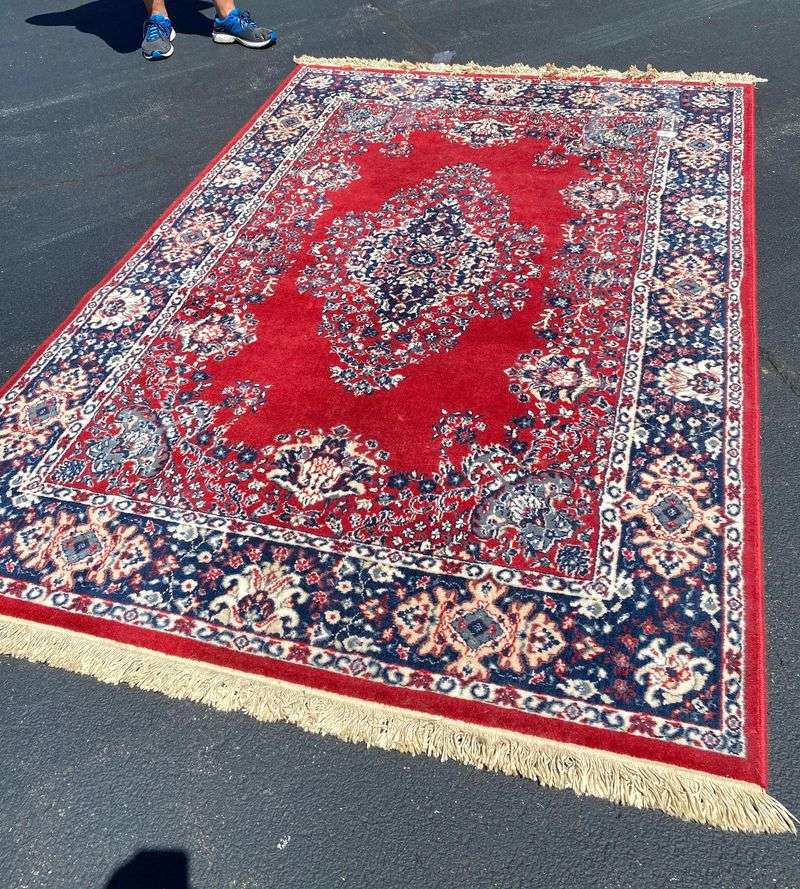
Beneath those intricate patterns lies a timeline of spills, pet accidents, and tracked-in dirt from countless shoes. Rugs act like giant filters, trapping allergens, dust, and debris deep within their fibers where standard vacuuming can’t reach.
Professional cleaning for large rugs often costs more than the thrift store price tag, negating any initial savings. Moisture damage may be lurking underneath, creating perfect conditions for mold growth that can affect indoor air quality.
9. Wicker and Rattan with Damage
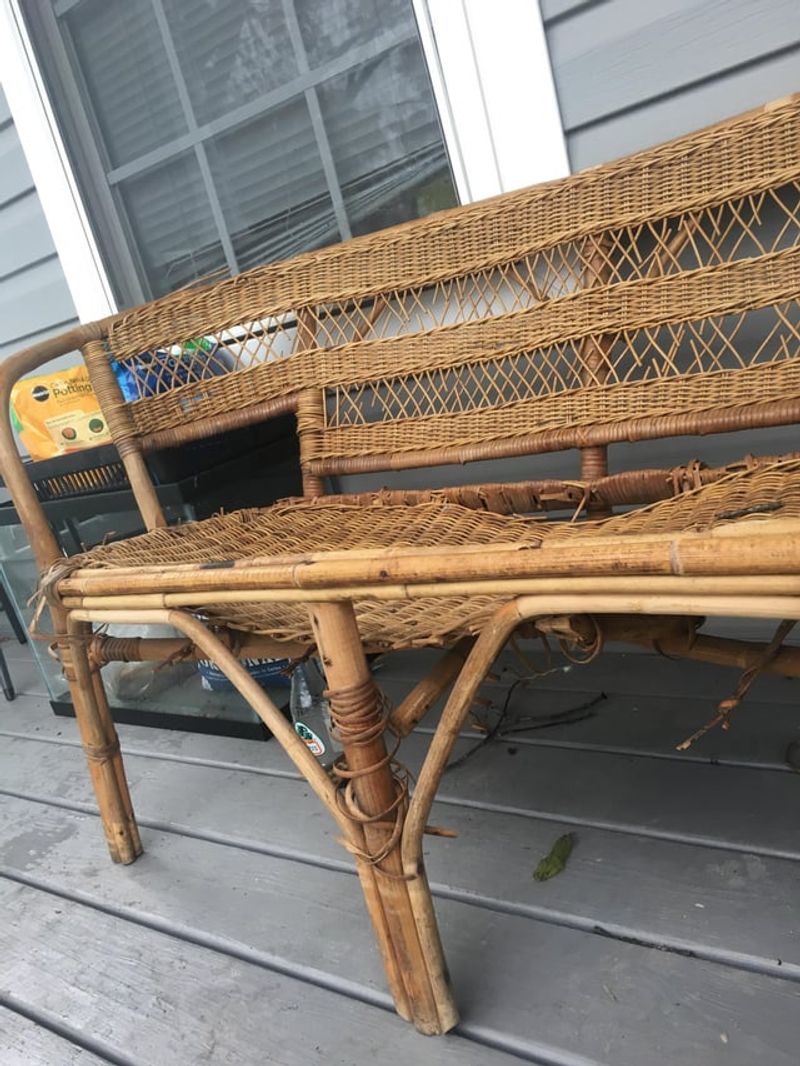
Once wicker starts unraveling, it’s like a sweater with a pulled thread—the deterioration only accelerates. Those slightly frayed edges on thrifted wicker furniture quickly become major structural issues with regular use.
Repairing broken wicker requires specialized skills and materials that often exceed the cost of new pieces. Damaged areas create perfect hiding spots for dust and pests that are nearly impossible to clean properly.
While intact vintage wicker can be a treasure, pieces showing signs of weakness or pest damage should remain on the thrift store floor.
10. Particle Board Furniture
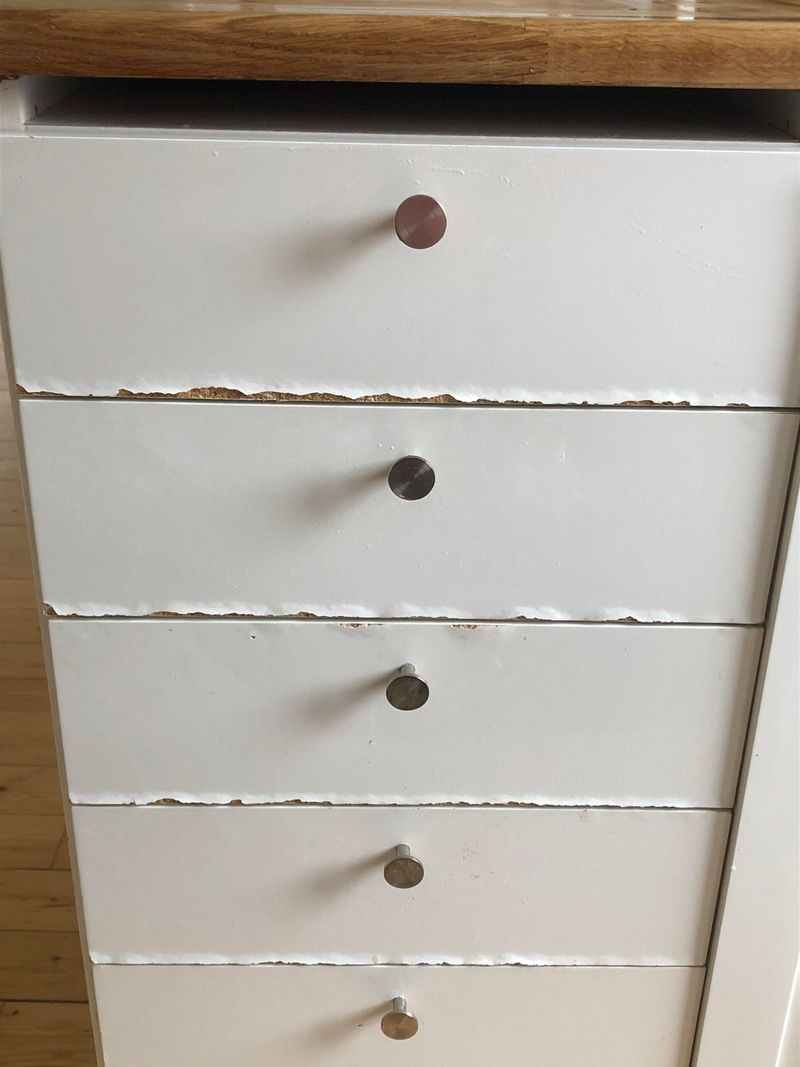
One spilled glass of water spells doom for these budget pieces! Particle board furniture absorbs moisture like a sponge, swelling and warping beyond repair when exposed to even minor liquid spills.
Once the laminate veneer chips or peels—which happens easily during moves—the compressed wood particles underneath deteriorate rapidly. These pieces are designed for single-owner use and rarely survive disassembly and reassembly during thrift store processing.
11. Old Paint and Chemicals
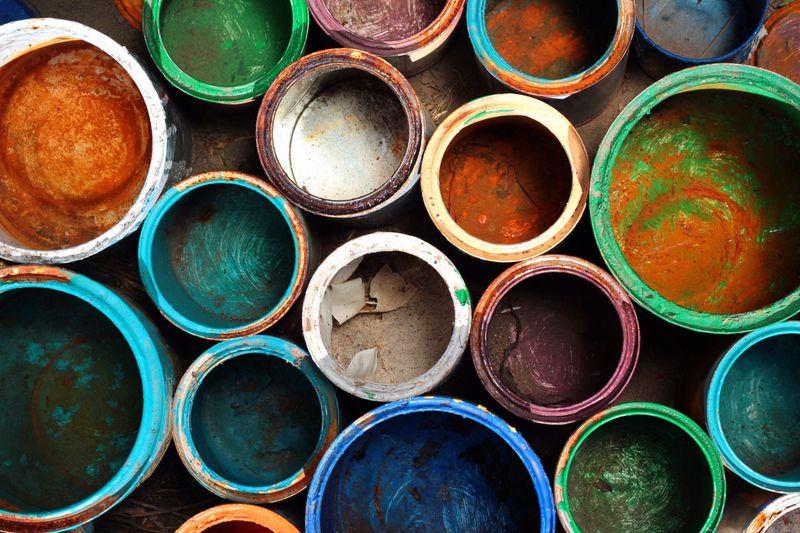
Mystery liquids in unmarked containers should raise immediate red flags! Partially used paint cans and chemical products found in thrift stores often lack proper labeling or safety information.
Chemical formulations degrade over time, potentially becoming more hazardous or simply ineffective. Paint separates and develops bacteria, creating strange odors and inconsistent application when used.
Proper disposal of these items requires special handling—a responsibility that shouldn’t transfer to you for the sake of saving a few dollars on potentially unusable or dangerous products.
12. Vintage Dishware with Unknown Glazes
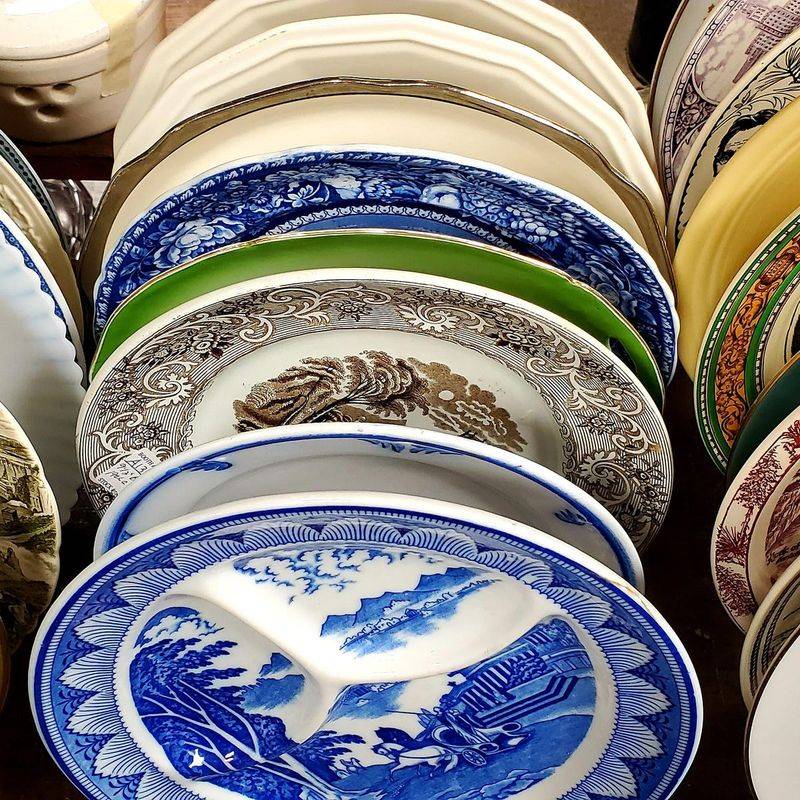
Those charming retro plates with vibrant colors might be serving up more than just dinner. Older ceramic dishware frequently contains lead and cadmium in their glazes, which can leach into food—especially when heated or used with acidic foods.
Vintage patterns from the mid-20th century often used unregulated colorants before modern safety standards were established.
While they might look delightful on display, using these pieces for actual food service could introduce harmful heavy metals into your meals.
13. Blinds and Window Treatments
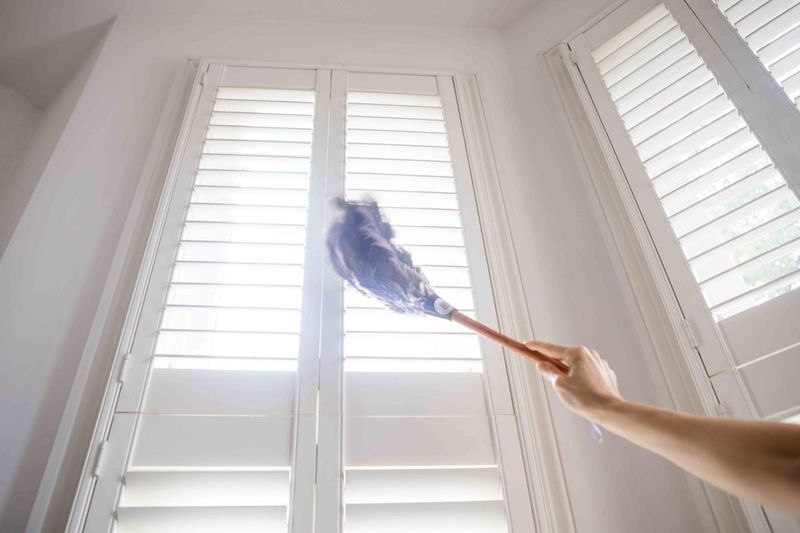
Hiding in those dusty slats are years of accumulated allergens from previous homes. Used blinds often harbor stubborn grime in mechanisms and crevices that proves nearly impossible to thoroughly clean.
Older vinyl blinds may contain phthalates and other chemicals now restricted in modern manufacturing. Cords on vintage window treatments frequently don’t meet current child safety standards, posing strangulation hazards.
14. Vintage Lamps Without Rewiring
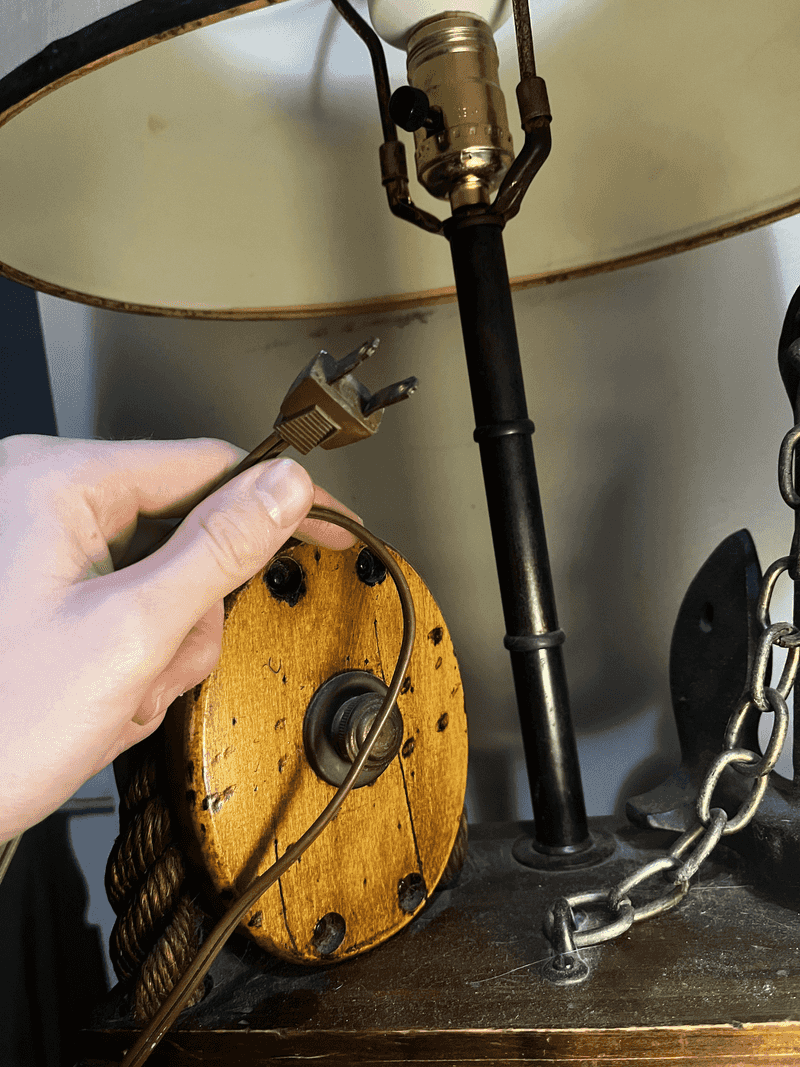
Behind that charming mid-century lamp base lurks outdated wiring that presents a genuine fire hazard. Electrical standards have changed dramatically over decades, with older lamps lacking safety features now considered essential.
Cloth-covered wiring deteriorates over time, creating potential for shorts and electrical fires. The cost of professional rewiring can quickly exceed the price of new lighting with UL-approved components.
15. Stuffed Animals and Plush Toys
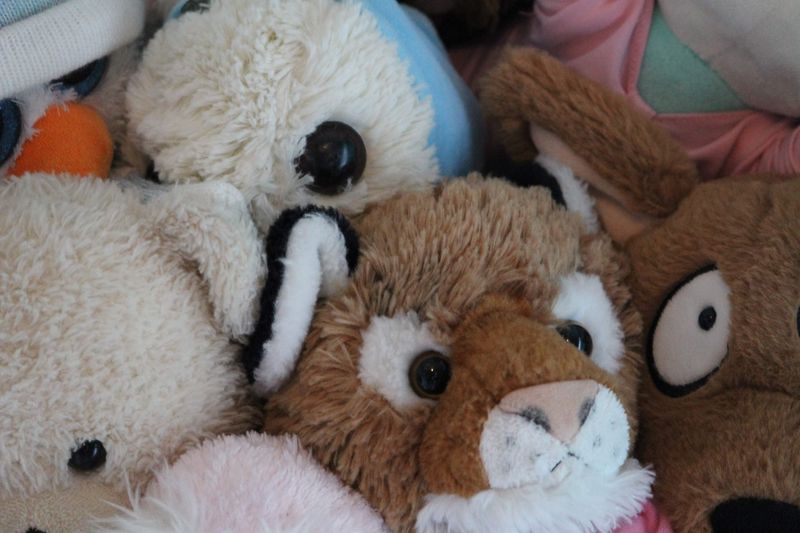
Cuddly on the outside, but potentially crawling with unwanted critters on the inside! Used stuffed animals are nearly impossible to sanitize completely, with their plush fibers trapping dust, allergens, and sometimes even pests.
The stuffing breaks down over time, creating potential choking hazards if small pieces escape through weakened seams.
When it comes to items that children will hold close and potentially put in their mouths, new is always the safer choice.
16. Chipped Enamelware
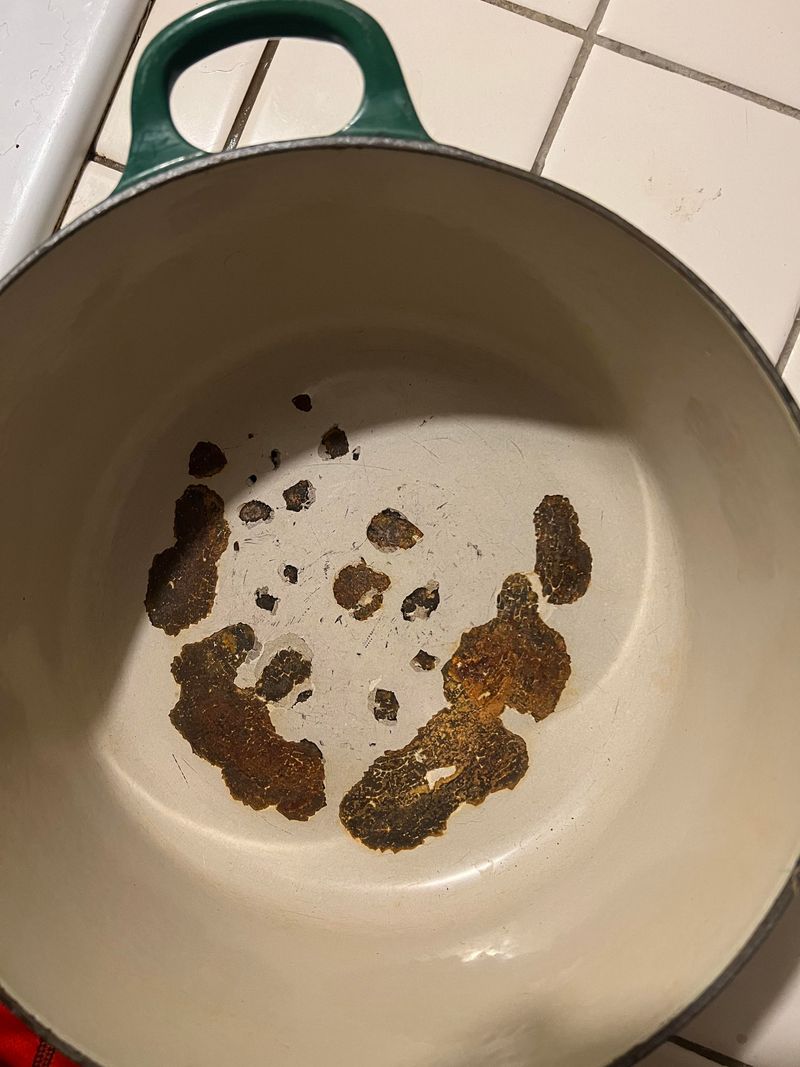
Beneath that colorful coating on vintage enamel cookware often lies metal that shouldn’t contact food directly. Once the enamel surface chips or cracks, the exposed metal underneath can leach into foods, especially acidic ones like tomato sauce.
Those charming speckled patterns might contain cadmium or lead in older pieces, particularly those with red or orange coloring. Bacteria can harbor in microscopic cracks, making proper sanitization difficult.
17. Vintage Electric Blankets
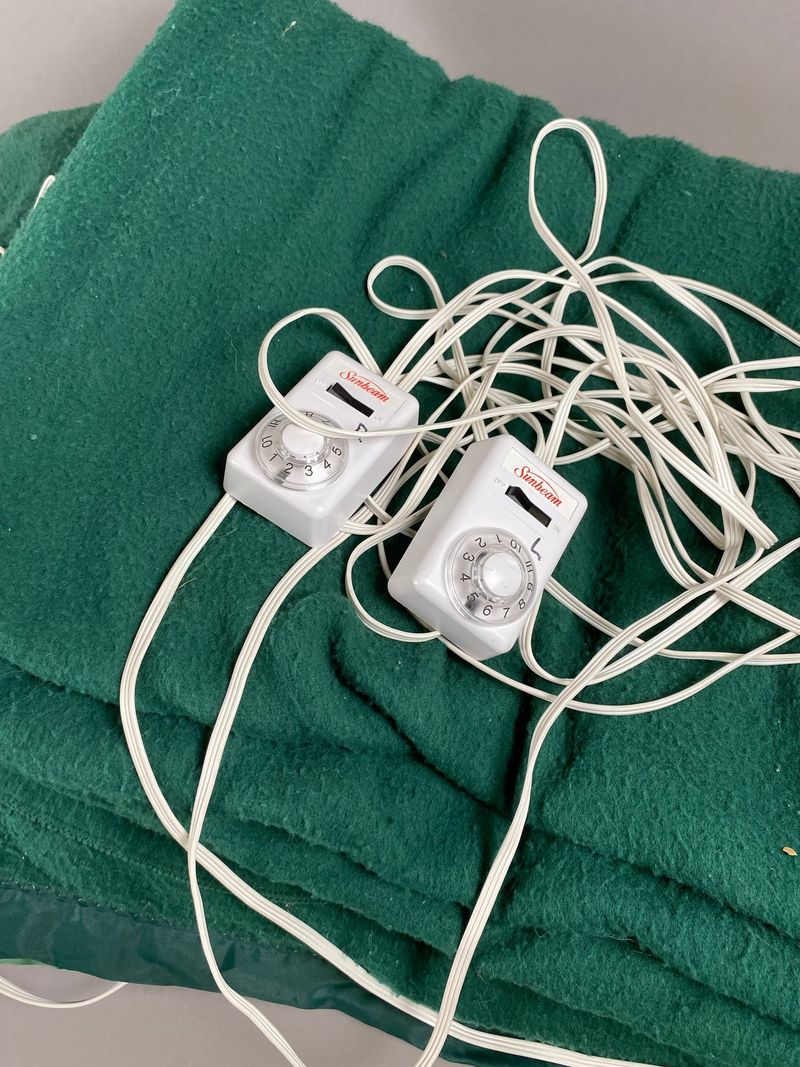
Snuggling up with a secondhand electric blanket might sound cozy until it short-circuits at 2 AM! Old heating elements deteriorate over time, creating serious fire hazards that no discount price justifies.
Consumer safety standards have evolved dramatically since these were manufactured. Most vintage electric blankets lack modern safeguards like automatic shut-offs and temperature regulation.
Sometimes the wiring inside has been damaged by improper washing or storage, making problems impossible to detect visually.
18. Taxidermy With Questionable Origins

Where exactly did that glass-eyed fox in the corner booth come from? Mysterious taxidermy specimens lurking in thrift shops often lack documentation about their origins, preservation methods, or legal status.
Older taxidermy frequently contains harmful chemicals like arsenic and mercury that were once standard preservation practices. These toxins can slowly release into your home environment for years.
Though quirky animal displays might seem like conversation starters, they frequently harbor pests, mold, and deteriorating materials that no amount of cleaning can fix.

